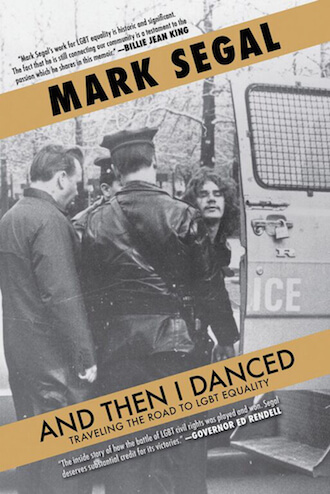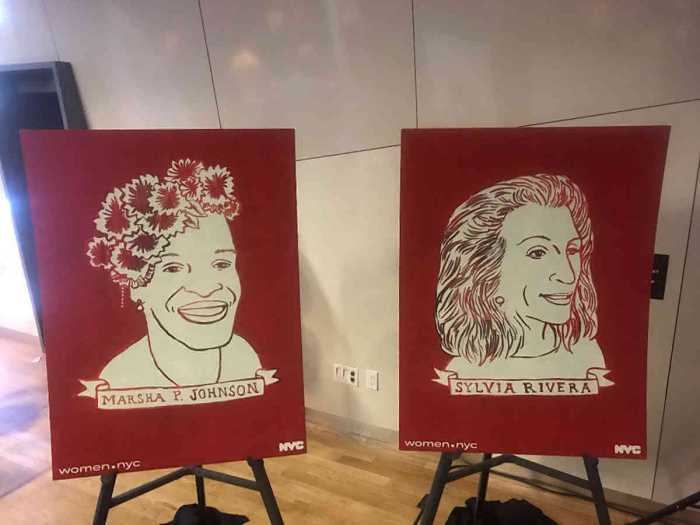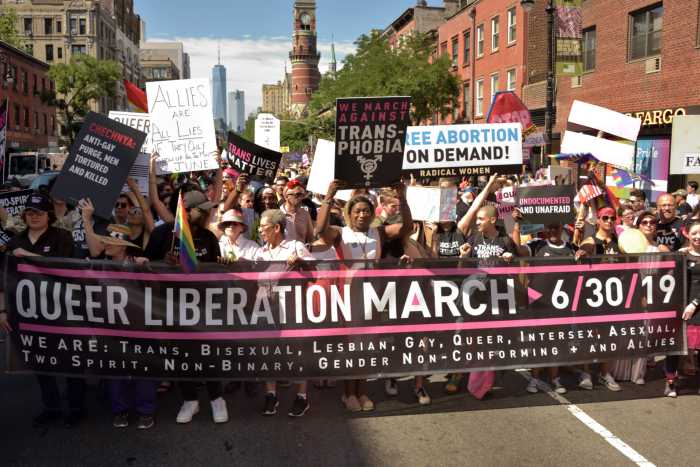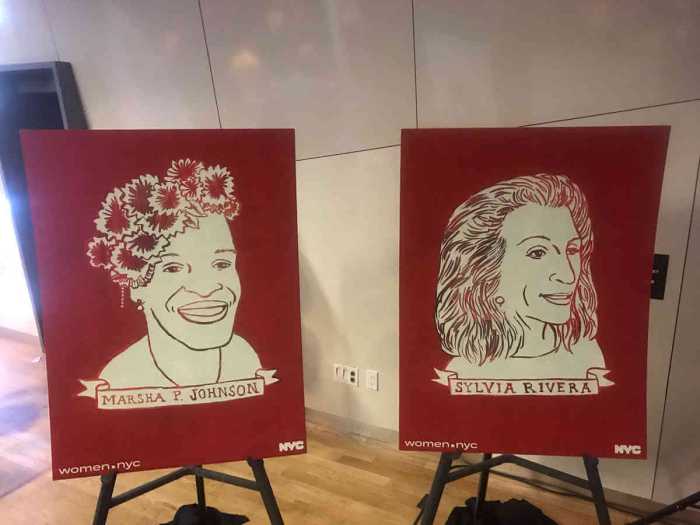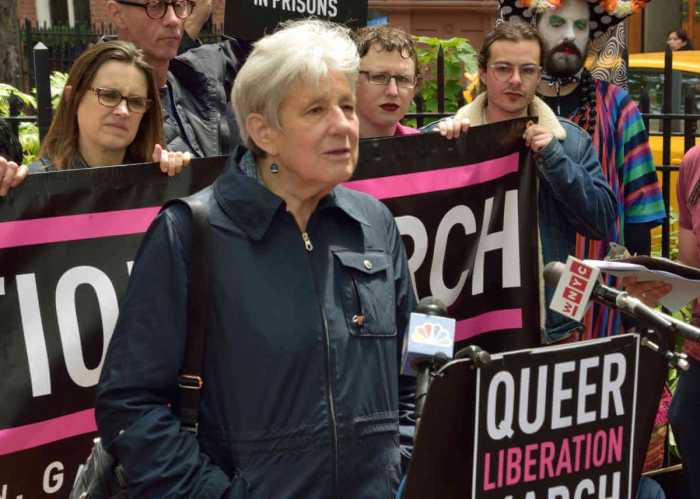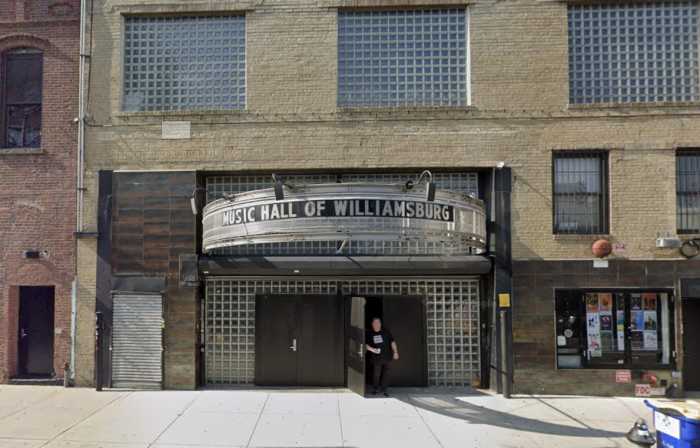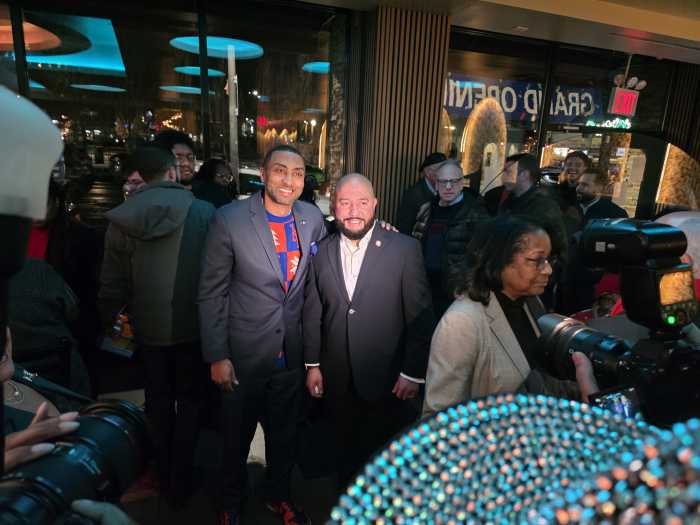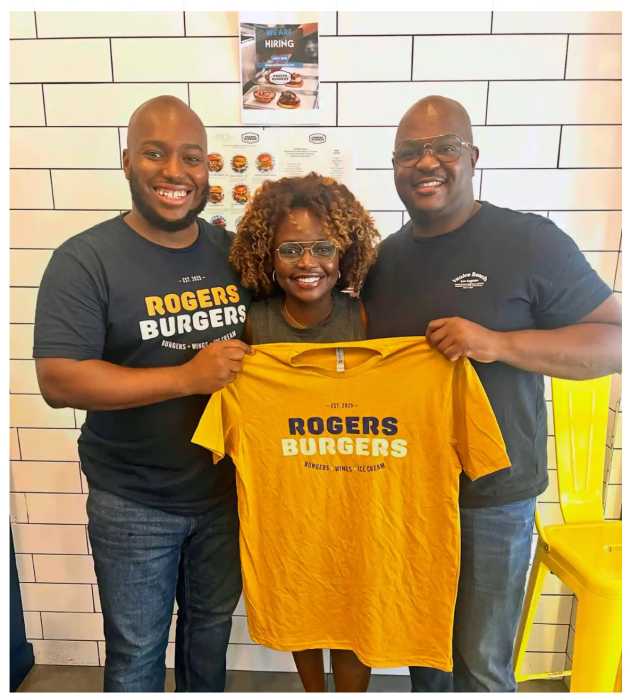Mark Segal’s memoir, “And Then I Danced: Traveling the Road to LGBT Equality,” has to be one of the most involving, can’t-put-it-down chronicles of the post-Stonewall LGBT movement yet penned. It also provides a remarkable object lesson in about how you can be irrepressibly outspoken and resolute about freedom, yet do so in a manner that ultimately builds bridges and coalitions rather than further fortifying the walls between ostensibly opposing camps.
Born in Philadelphia in 1951 and raised there, Segal was 13 when his grandmother took him to his first civil rights demonstration. Five years later, he arrived in New York City on May 10, 1969. Forty-nine days after that, he and Marty Robinson, the soon-to-be co-founder of the Gay Activist Alliance, were hanging out in the Stonewall bar the night of the raid that sparked the rebellion.
From there, Segal’s activist bent took on a distinctly lavender tinge. He went on to found Gay Youth, an arm of New York’s historic Gay Liberation Front (GLF), and to participate in a series of historic Gay Raiders “zaps,” whose apex, viewed by more than 30 million people, was the zap of the CBS Evening News with Walter Cronkite on December 11, 1973.
An outspoken and uncompromising activist always able to reach across divides
What is most amazing about his journey is that Segal, rising above the contentious politics of GLF, quickly learned how to build alliances. When Cronkite later approached him privately, the Gay Raider spelled out episodes of CBS in essence censoring news about the gay community in order to explain what compelled him to sit on Cronkite’s desk during the broadcast and occupy the camera’s view with a sign that read, “Gays protest CBS Prejudice.” But even as he decried CBS’ actions to Cronkite, he did so in a manner that allowed the veteran newscaster the space to ponder his actions and acknowledge his complicity in failing to report news of the gay community. The two men eventually became friends, with Cronkite assuming the role of a major media champion of LGBT equality.
My memories of Segal from those early days, when I moved to New York City to live in a gay collective with Jim Fouratt, Allen Young, and others and to participate in GLF, was of a young man with lots of positive, infectious energy who seemed to be constantly buzzing around. But then again, so were a lot of us at the time — and not because of drugs. We were heady with freedom, certain of our rightness, and cocky with optimism. But while many of us got sidetracked by divisive battles and temporarily lost touch with the essence of our power as gay men — to quote pioneering gay author and early GLFer Perry Brass, “homosexuality is magic” — Segal proceeded to channel his power as a shaman by another name.
After the zaps and his work in building a string of ongoing political alliances, Segal, in 1976, co-founded and became publisher of Philadelphia Gay News. PGN is now respected as one of the most successful and outspoken gay publications in the country.
Segal’s success with PGN led him to help found and lead both the National Gay Press Association and the National Gay Newspaper Guild. Ever aware of the diverse needs of our community, having begun with Gay Youth, he eventually went on to spearhead the largest LGBT-supportive, publicly-funded capital building project for seniors in the United States. Both the White House and the federal Department of Housing and Urban Development spotlighted the project, the John C. Anderson Apartments for LGBT seniors, which opened in Philadelphia on February 24, 2014. That Anderson was a former Philadelphia City Council member who was both African-American and gay and died of AIDS, is a tribute to Segal’s ability to reach beyond narrow silos in his long and ongoing career as an activist.
Is Mark Segal’s consistently compelling story ultimately more important than those of countless people you will never hear about, but who stood up to the police at Stonewall, distributed flyers and shouted themselves hoarse at gay and civil rights demonstrations, and eventually either drifted into obscurity or died of AIDS? Does his financial success as someone who, in 1974, traveled the country from one media appearance to the other while so impoverished that he had holes in his shoes, make him any more notable than those pioneering gay activists who to this day are able to avoid a life on the streets solely due to welfare or the support of their spouses, friends, or family?
The answer to both questions is, of course, no. But that does not make Segal any less of a pioneer, hero, teacher, and magician. As his marvelous memoir ends with him joining the PGN staff to accept the Society of Professional Journalists’ 2014 Investigative Journalist Award, dancing with the love of his life, Jason Villemez, at the 2014 White House Gay Pride reception, and one week later marrying his man, all we can do is cheer for the “pushy Jew faggot” who helped push us all to freedom.
AND THEN I DANCED: TRAVELING THE ROAD TO LGBT EQUALITY | By Mark Segal | OpenLens/ Akashic Books | $25.71; $12.71 paperback | 400 pages

